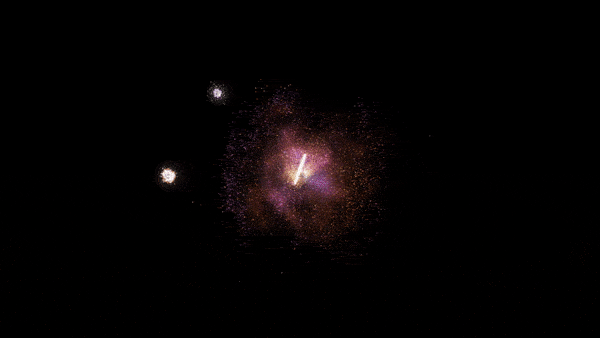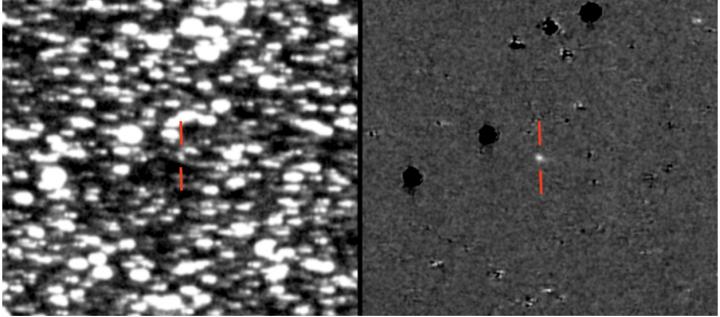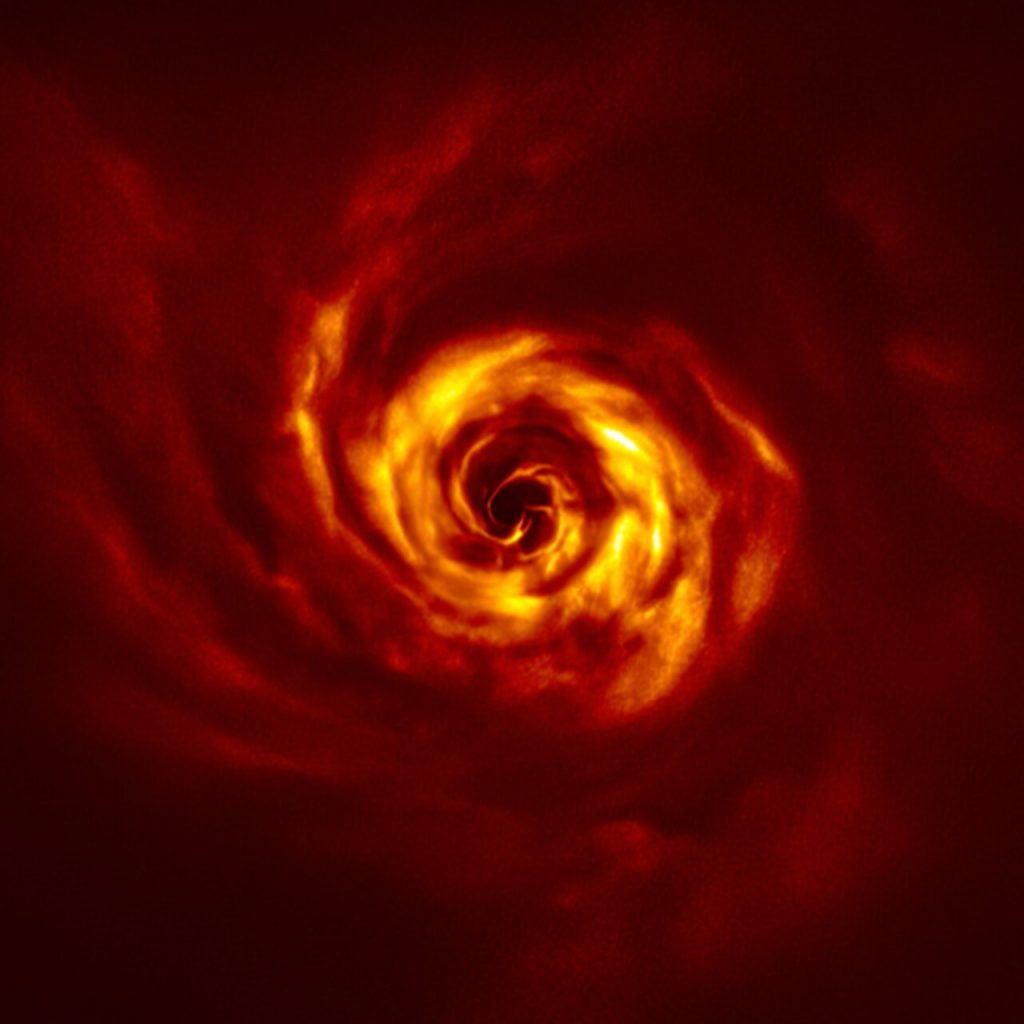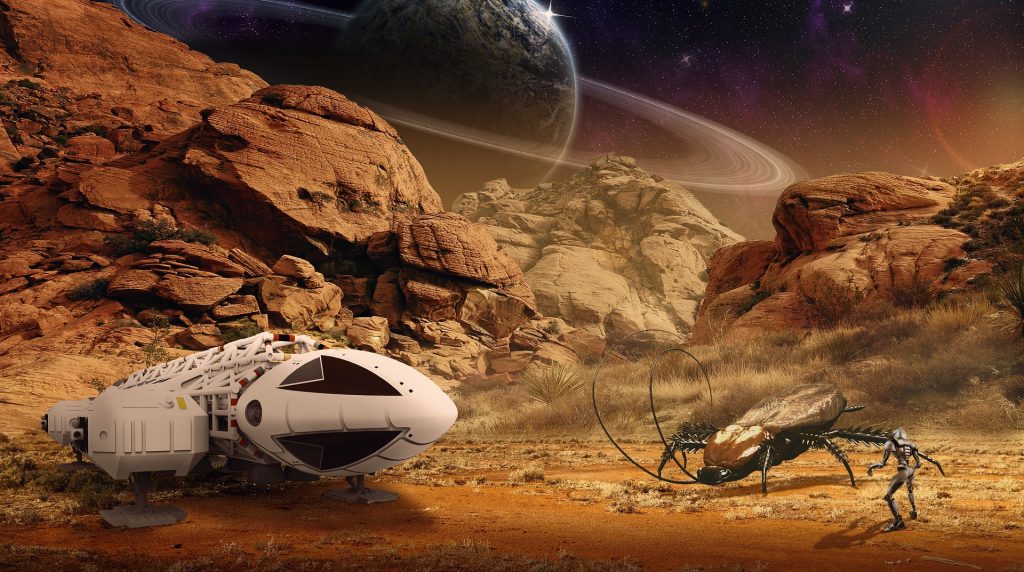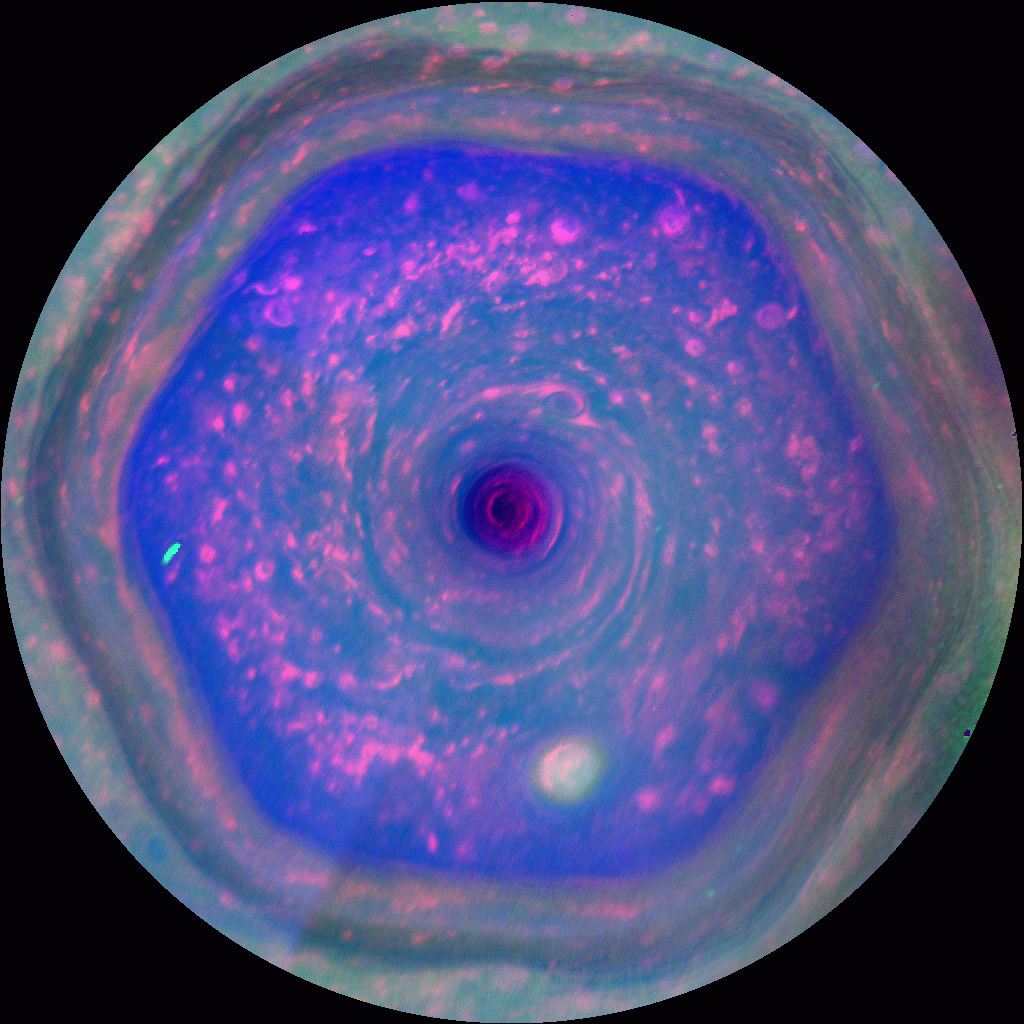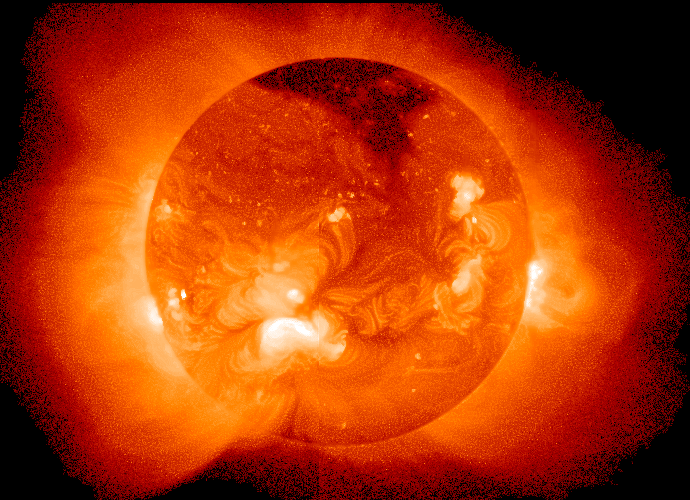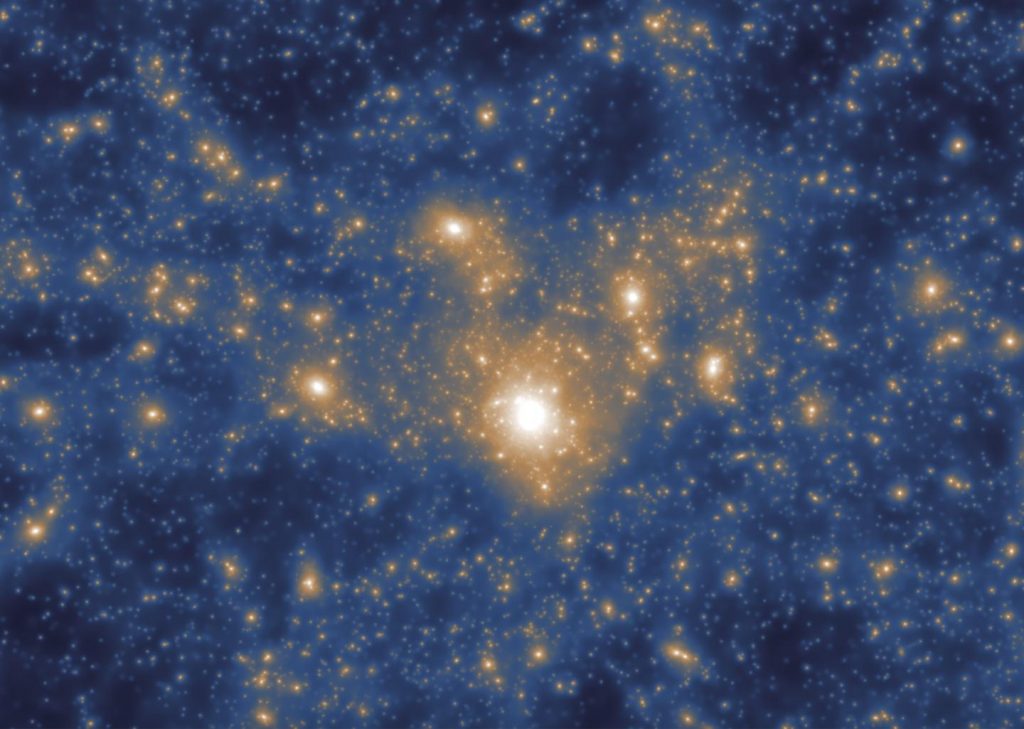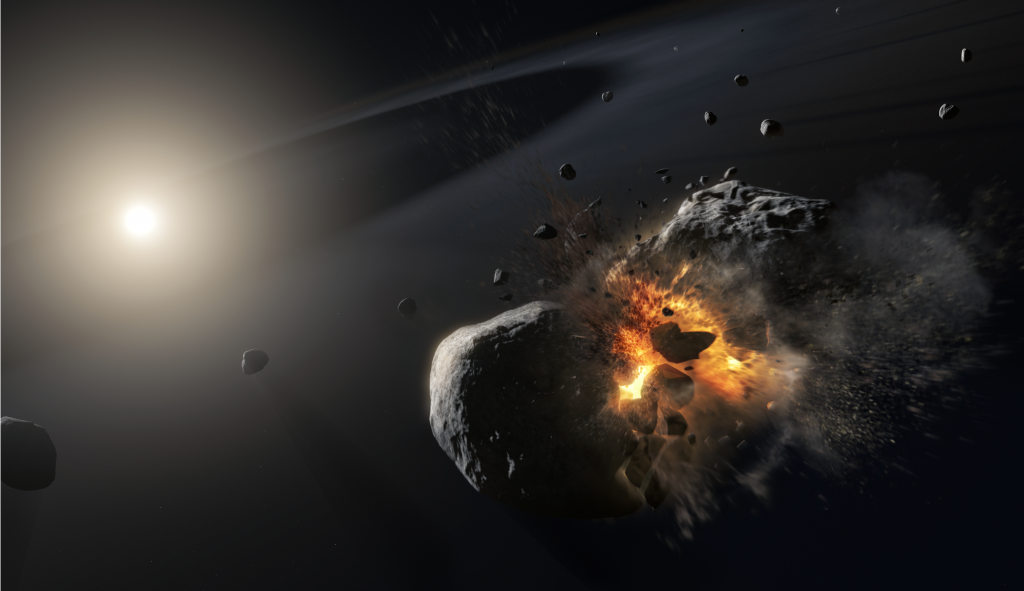Space
2019 LD2: the unruly comet
Asteroids and comets are generally thought to be different classes of celestial objects. But is the strict distinction really justified? The interstellar visitor ʻOumuamua, for example, was initially thought to be a comet, but didn’t develop either a coma or a tail and was then classified as an asteroid. In the meantime, its trajectory has been calculated so precisely that it must have lost mass – which means it is definitely a comet. The object 2019 LD2 discovered by the Asteroid Terrestrial-impact Last Alert System (ATLAS) of the University of Hawaii also appears to be some sort of hybrid.…
How a planet grows up
AB Aurigae, 520 light-years from Earth in the constellation, Auriga (the charioteer), is far from grown up: the star is a so-called Herbig Ae/Be star, which has not yet started to fuse hydrogen in its core. Despite its youthful age of only a few million years, however, it already appears to be concerned with trying to produce offspring. And so, as humans are wont to do, they don’t look away considerately, but instead direct their eyes (and their telescopes) right at the action, full of curiosity. In doing so, the Very Large Telescope of the European Southern Observatory (VLT)…
How common is life in the universe?
The question is basically unanswerable. The well-known Drake equation feigns a certain degree of precision but suffers from the fact that it is nearly impossible to reach agreement on values for any of its seven factors. Right now, we have only one example for intelligent life, and for us to draw conclusions for the entire universe from just our own existence would, indeed, be very human, but would be scientifically problematic. There is, however, an alternative. We could ask what the likelihood would be for life to develop on Earth if we turned back the clock and started over from…
What the cloud layers above Saturn’s hexagon are made of
Jupiter has its Great Red Spot – Saturn, in contrast, has its enormous hexagon. For a long time, a six-sided structure with a diameter of 29,000 km (18,000 miles) has been rotating around Saturn’s north pole. Thus, the hexagon is considerably larger than Jupiter’s spot, which is only 16,000 km (10,000 miles) across and more than twice as large as the whole Earth. The hexagon was first discovered in 1981 by Voyager 1 (photographed in infrared in the image below). Starting in 2006, the Cassini probe, operated by NASA and ESA, made it possible to take a detailed look…
Silent Sun: The phenomenon of our quiet star
The Sun is rather quiet. That’s the premise of my novel “Silent Sun.” But now researchers at the Max Planck Institute for Solar System Research (MPS) in Göttingen, Germany have also proved it with a systematic comparison published in Science. In such analyses, of course, it is important to make sure you are not comparing apples with oranges. Red dwarfs, for example, are considered much more active. But even among the class of yellow dwarfs like the Sun, there can be big differences. Therefore, the researchers selected candidate stars that were similar to the Sun in terms of important…
How monster galaxies feed off of their neighbors
In very large, ancient galaxies, usually more than ten billion light-years away from us, many stars behave differently than in the Milky Way, where the large majority of stars obediently follow the motion of arms rotating about the center of the galaxy. Why is that? It seems galaxies have something in common with people: when there’s too much substance around their mid-sections, it’s usually a result of too much eating. Giant galaxies have swallowed up too many of their neighbors, one after the other, as researchers have now shown in the Astrophysical Journal. (more…)
Blown to dust: the first exoplanet visible in a telescope is no more
In 2008, researchers looking at images from the Hubble Space Telescope found a bright spot moving around the star Fomalhaut located 25 light-years from Earth. At 400 million years old, Fomalhaut is still relatively young. The star, twice as heavy as the Sun and 17 times brighter, is also circled by a dust disk that the researchers identified as a remnant from planetary formation. Fomalhaut b was thus the first exoplanet detected through direct, optical imaging, not just indirectly through star crossings or wobbling patterns of movements by its star. In 2015, the approximately Jupiter-sized planet was even given…
